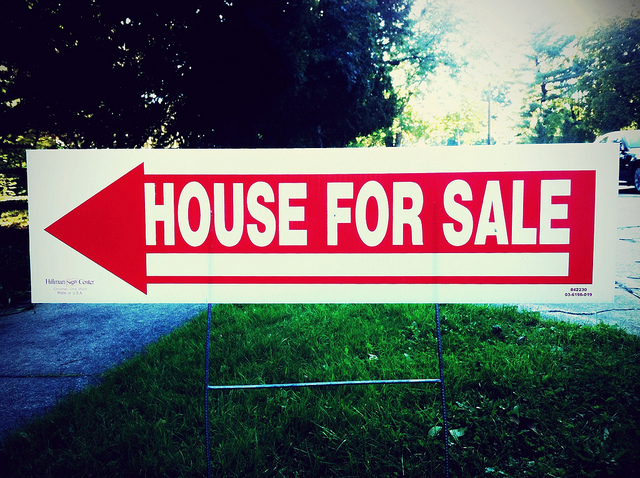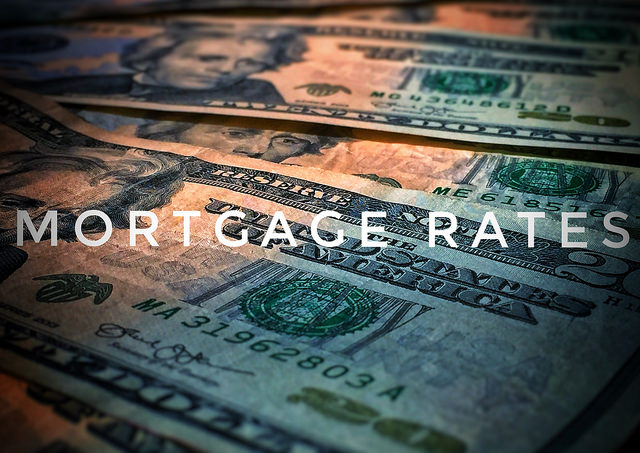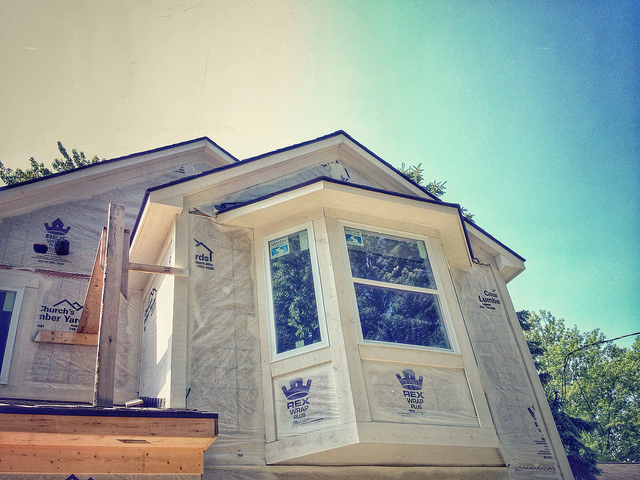According to the Mortgage Bankers Association’s Weekly Applications Survey, average mortgage rates fell to their lowest level since last November this past week. Rates fell across all loan categories, including 30-year fixed-rate mortgages with both conforming and jumbo balances, loans backed by the Federal Housing Administration, and 15-year fixed-rate loans. Naturally, lower rates spurred an increase in the number of current homeowners looking to refinance their loans. Lynn Fisher, vice president of research at the MBA, told CNBC homeowners were quick to take advantage of the drop. “Homeowners took advantage of the 6 basis-point drop in rates,†Fisher said. “Jumbo rates fell even more, sending the average refinance loan size up 5 percent as borrowers with larger loans, who are typically more sensitive to rate changes, moved to refinance.†But though the rate drop led to more refinance activity, demand for purchase loans was relatively flat from the week before. Still, compared to last year at this time, application demand for loans to buy homes is up 3 percent. The MBA’s weekly survey has been conducted since 1990 and covers 75 percent of all retail residential mortgage applications. More here.













